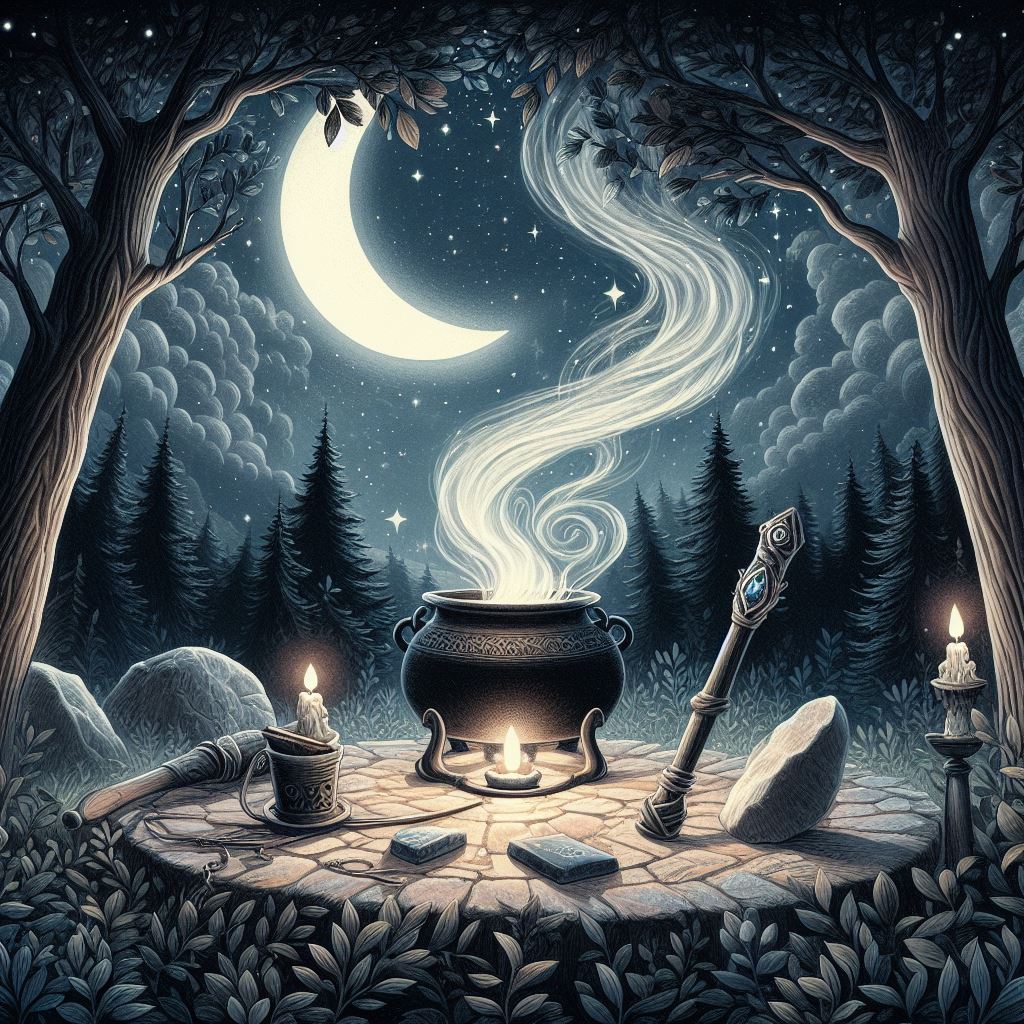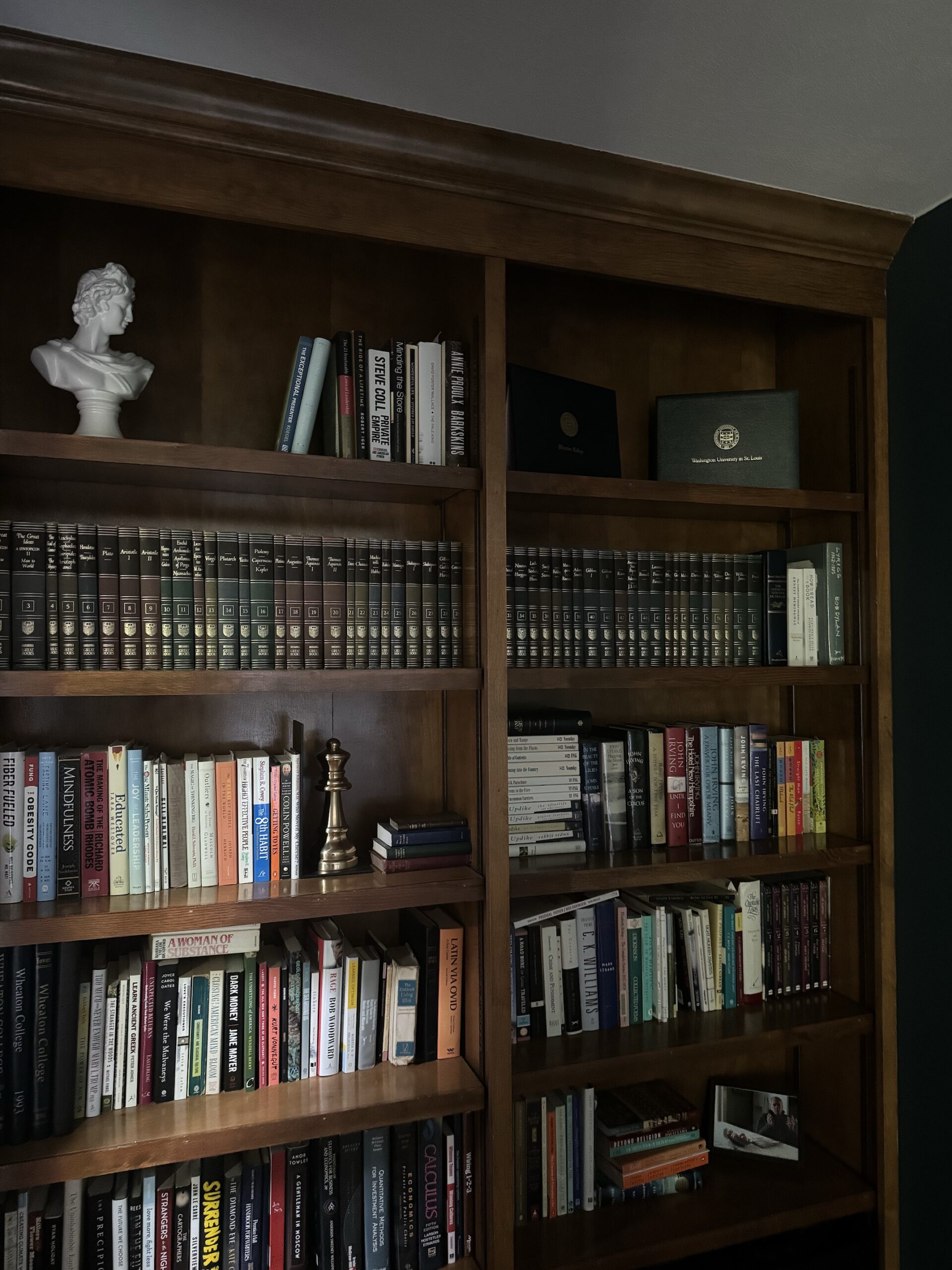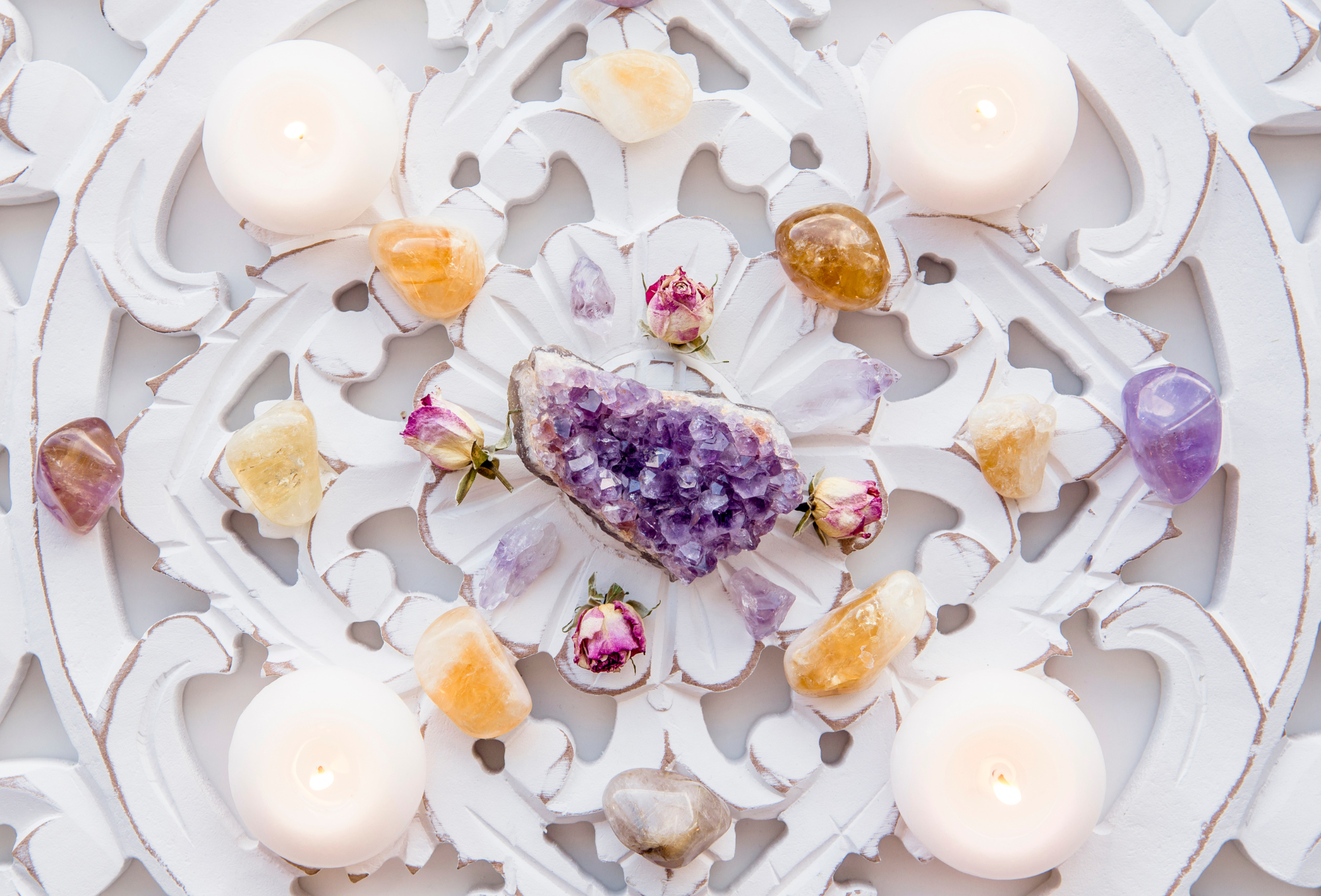Witchcraft, a practice often shrouded in mystery and steeped in rich tradition, serves as a means for individuals to tap into natural energies and effect personal and external transformations. Tools in witchcraft are more than mere instruments; they are extensions of the practitioner’s will and intent.
Choosing the right tools is not about selecting the most ornate or expensive items but about finding those that resonate with your spirit and enhance your individual practice.
The Athame
The athame, a ceremonial blade, is one of the quintessential tools in a witch’s arsenal. Traditionally, it is a double-edged dagger, symbolic of the ability to direct energy, and is never used for physical cutting.
The athame’s origins are rooted in ancient rites and it holds a significant place in ritual, representing the element of Fire and the power of transformation. When choosing an athame, it’s essential to consider how it feels in your hand and what material speaks to you—be it wood, metal, or stone.
This tool is often personalized and consecrated in a ritual to bind it to its owner, and as such, it should be treated with respect and care.
The Wand
Moving from the athame’s fiery energy to the air’s more ethereal essence, the wand stands as a conduit for will and communication. Wands have been crafted from various materials throughout history, each with its own unique properties. For instance, a wand made from oak might draw on strength and protection, while one of willow may be preferred for its affinity with lunar energies.
A practitioner might craft their own wand, imbuing it with personal energy and intent, or they might be drawn to one made by another’s hand. The wand serves as a bridge between the mundane and the magical, channeling the practitioner’s intent into the surrounding world.
The Cauldron
The cauldron is a vessel of transformation and rebirth, with a deep connection to the element of Water and the divine feminine. Its uses are as varied as the practitioners who employ it—from brewing herbal concoctions to serving as a focal point for incantations and spells.
The choice of a cauldron is a deeply personal one, as it is a reflection of the witch’s practice, whether it be centered on herbalism, spell work, or any other focus. A cauldron should be chosen with care, considering both its practicality and spiritual resonance. It is more than a tool; it is a sacred container for magical workings.
Additional Tools
Beyond the primary instruments of athame, wand, and cauldron, there exists a variety of tools that serve to complement and enhance the witch’s practice. These items are often found on the altar, a personal and sacred workspace that is both a consecrated area for ritual and a center for magical workings.
The pentacle, a star encased within a circle, is a symbol of protection and the five elements—spirit, air, fire, water, and earth. It acts as a grounding point for energy during rituals. Similarly, the chalice, often representing the element of Water, is used to hold sacred liquids during ceremonies. The broom, or besom, is traditionally used in purification rituals, clearing space of negative energy.
Candles are a ubiquitous tool in witchcraft, serving not only to cast light but also to symbolize the divine flame of spirit. The colors of candles correspond to different intentions, such as green for prosperity or blue for healing.
Herbs and crystals also play a supporting role, each with their own attributes that can amplify the intentions of the practitioner. The careful selection and combination of these tools can greatly enhance the potency and focus of one’s craft.

Creating Your Sacred Space
The creation of a sacred space is a deeply personal and vital aspect of witchcraft. It is within this space that the witch performs rituals, crafts spells, and communes with the energies of the universe.
Setting up an altar is the first step, a process that involves selecting items that are not only symbolic but also resonate with the individual’s personal energy. The arrangement of tools on the altar follows a pattern that aligns with the practitioner’s traditions and the specific energies they wish to invoke.
Cleansing this space is critical, as it removes any discordant energies and creates a protective barrier. This can be done through smudging with sage, sprinkling salted water, or other purification rituals.
The witch’s sacred space is a reflection of their unique path in the craft, a place where the mundane crosses into the magical, and where tools become the keys to unlocking inner potential and connecting with the wider universe.
In witchcraft, tools are far more than simple objects—they are partners in the magical process, each adding their unique resonance to the practitioner’s work. Their selection and care are acts of devotion in themselves, and while tradition provides a foundation, it is the personal connection that truly empowers them.
A witch’s journey is one of continuous learning and growth, with each tool serving as a teacher and an ally along the way.
















